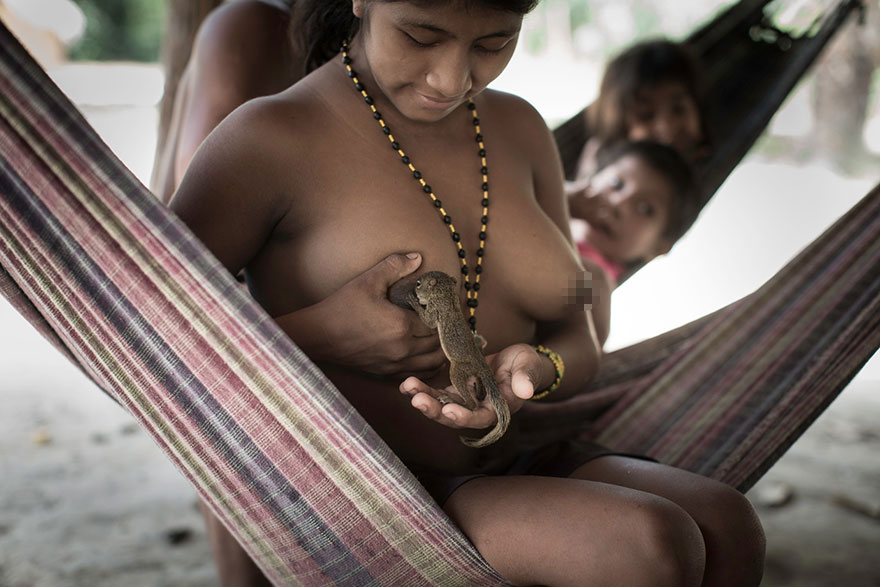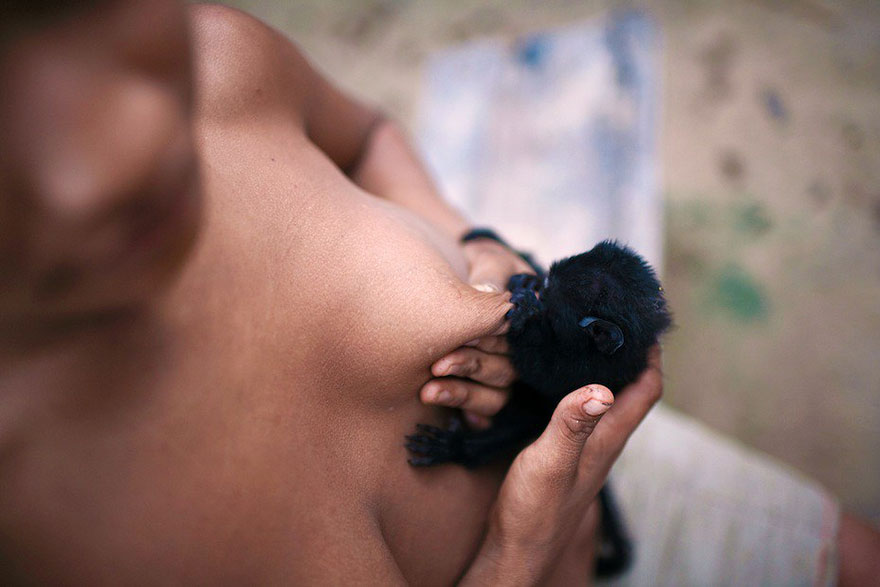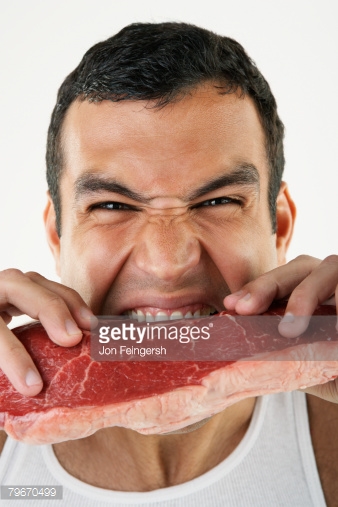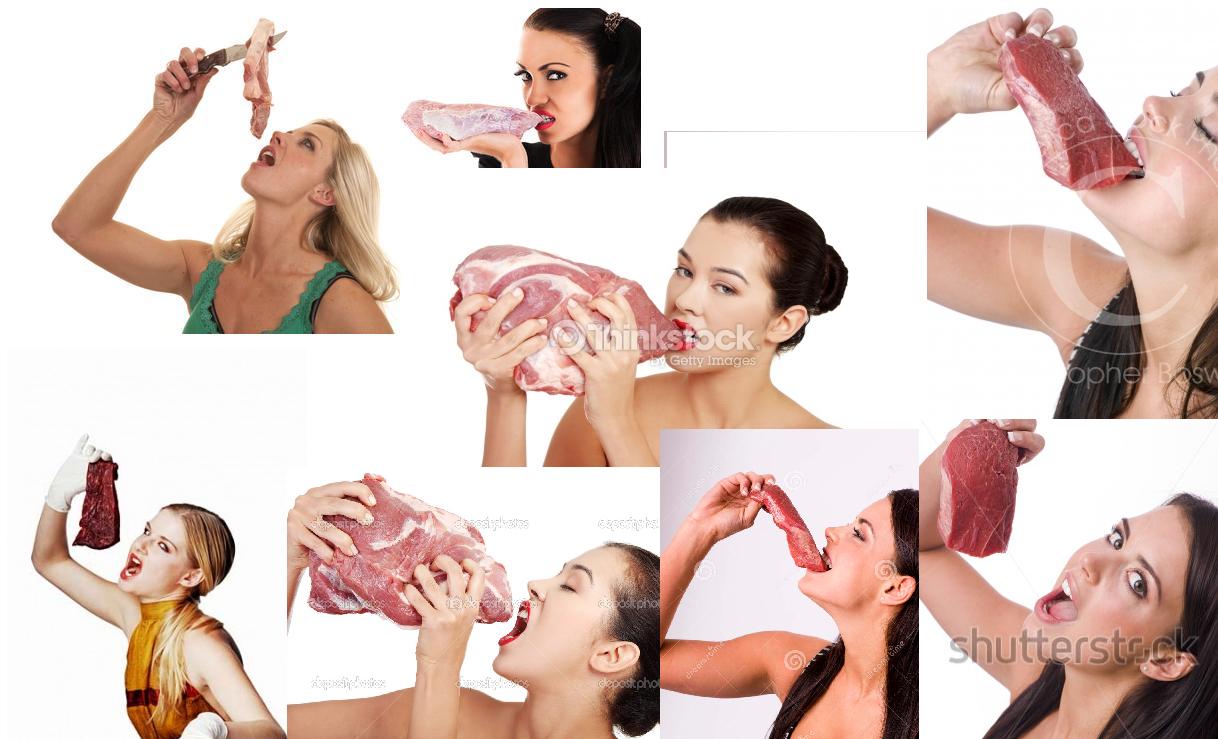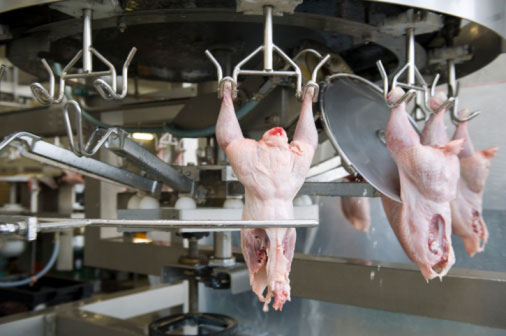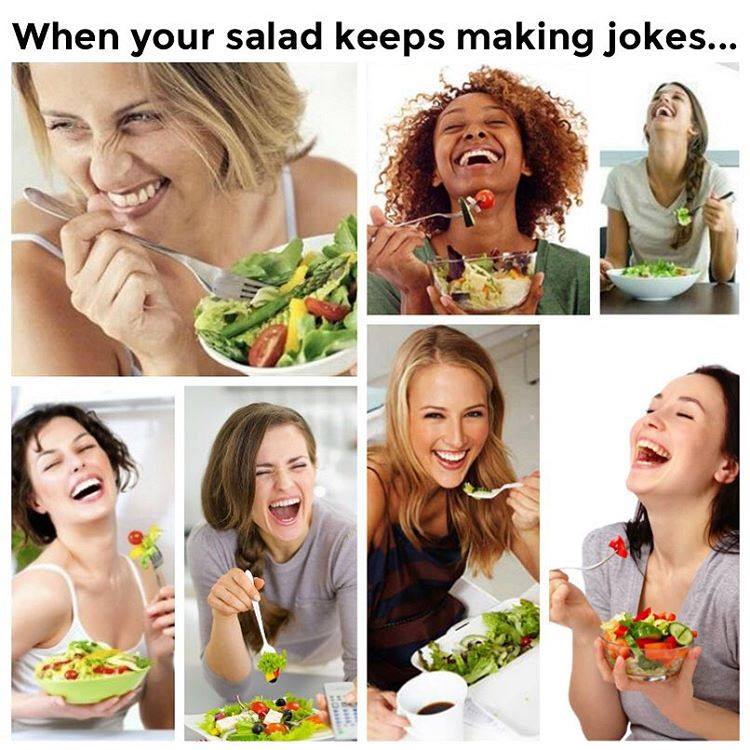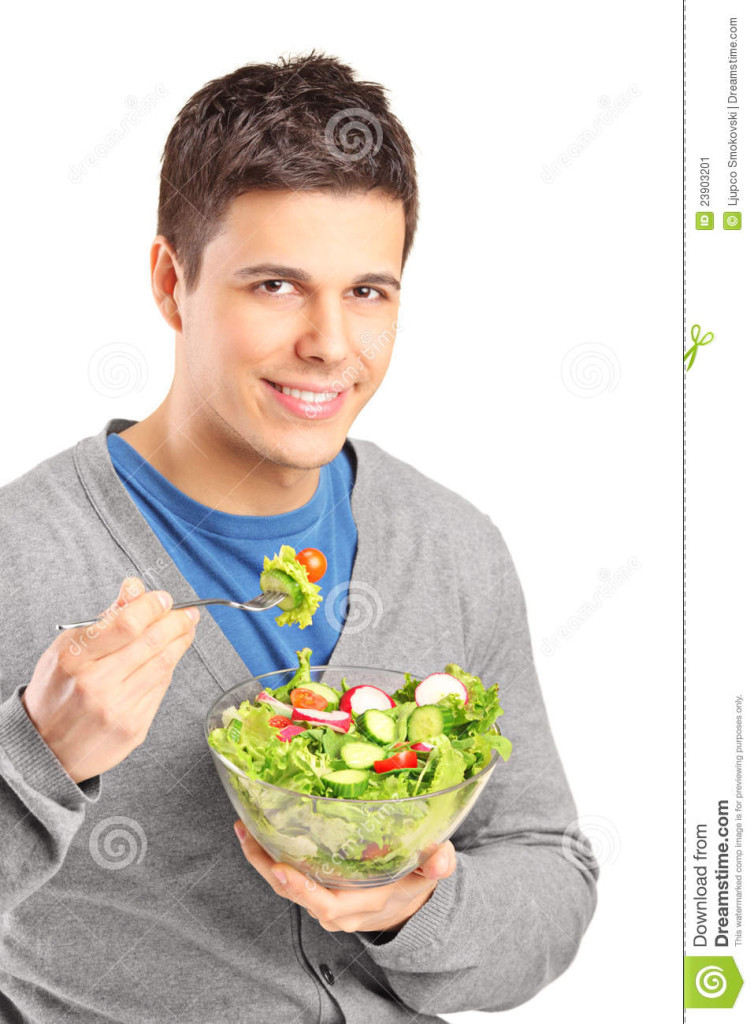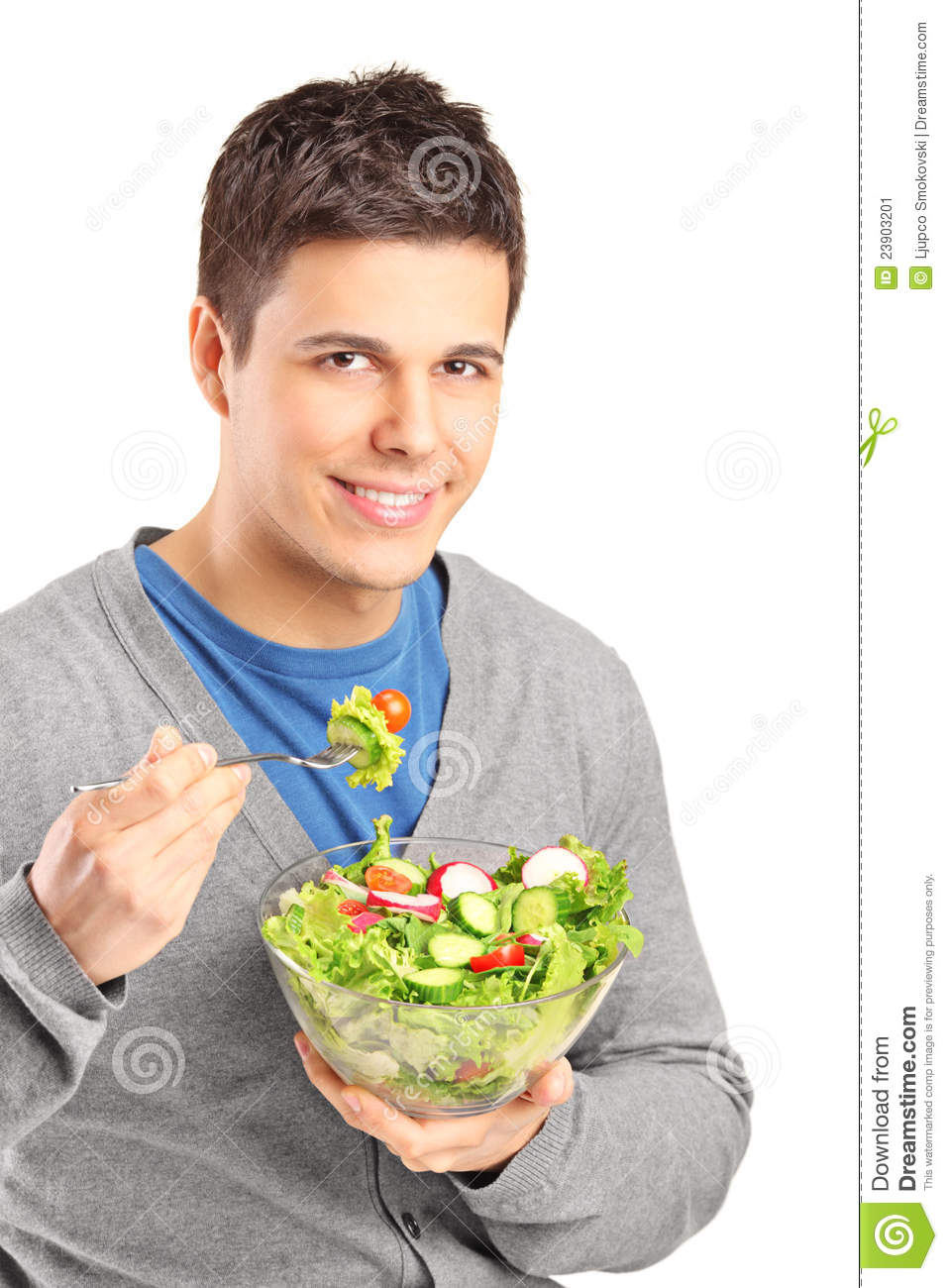Content warning: Contains images of victimized Nonhuman Animals.
Not Safe for Work: Contains images of people unclothed.
In a story with Bored Panda, a photographer’s account of an indigenous tribe in the Amazon highlights the practice of breastfeeding nonhuman species. The above image is used to bait readers into clicking and visiting the site, suggesting that the practice is considered shocking and strange.
From a vegan feminist perspective, this “click bait” is intriguing.
Why stigmatize when humans breastfeed other animals? It erodes that hierarchy of power and dominance–it reminds us that we are all animals.
Sq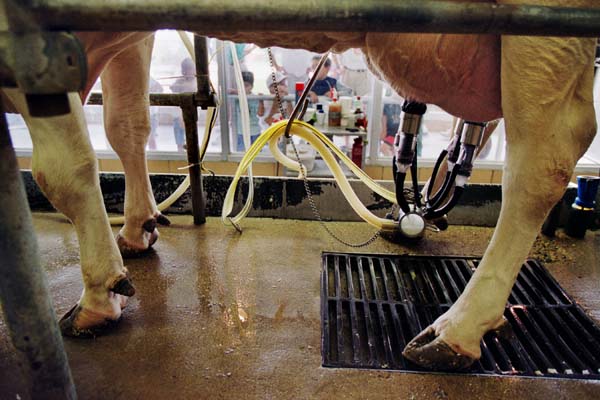 uirrels aren’t the only opportunists. Many humans consume enormous quantities of nonhuman breast milk. Importantly, it is mechanically collected. Why is it stigmatized to drink directly from the breast of other animals? Again, it reminds us that we are animals. Separation also helps to commodify and objectify the persons exploited in the process. This is necessary because intimacy and empathy disrupt oppression.
uirrels aren’t the only opportunists. Many humans consume enormous quantities of nonhuman breast milk. Importantly, it is mechanically collected. Why is it stigmatized to drink directly from the breast of other animals? Again, it reminds us that we are animals. Separation also helps to commodify and objectify the persons exploited in the process. This is necessary because intimacy and empathy disrupt oppression.
It should also be noted that breastfeeding in general is rather stigmatized in the “developed” world. Again, this likely has to do with breast feeding reminding us that we are animals, too. Of course, it also uses a sexualized body part for something other than male pleasure, a cardinal sin in the patriarchy.
As shocking as these images may be to some readers, humans breast feeding other animals is not new or unheard of. It is, however, rarely visible in patriarchal, elite-run media spaces and historical accounts.
What is also interesting from this story is that the Bored Panda story fails to include any images from the collection that depict animals in various states of death, decay, and butchery. This gruesome theme featured prominently in the original photographer’s gallery.
But nonhuman suffering does not fit into the journalist’s one-with-nature paradise narrative. Consider the images below, for instance. Bored Panda chose to share the image of a man kissing a monkey, but did not include the image of the monkey broiling for dinner.
The photographer is quoted:
They feed the squirrels and monkeys like they feed their kids, breast feeding. [ . . . ] It highlights how far we have come from where we were. [ . . . ] They are so close to nature. [ . . . ] In fact, it is not even close – they are part of nature.
Indeed, indigenous communities are frequently subject to this romanticization, a process that is objectifying in itself. Inaccurate and infantilizing, these stories make good entertainment for the perceived white audience in the West.
 Dr. Wrenn is Lecturer of Sociology. She received her Ph.D. in Sociology with Colorado State University in 2016. She received her M.S. in Sociology in 2008 and her B.A. in Political Science in 2005, both from Virginia Tech. She was awarded Exemplary Diversity Scholar, 2016 by the University of Michigan’s National Center for Institutional Diversity. She served as council member with the American Sociological Association’s Animals & Society section (2013-2016) and was elected Chair in 2018. She serves as Book Review Editor to Society & Animals and has contributed to the Human-Animal Studies Images and Cinema blogs for the Animals and Society Institute. She has been published in several peer-reviewed academic journals including the Journal of Gender Studies, Feminist Media Studies, Disability & Society, Food, Culture & Society, and Society & Animals. In July 2013, she founded the Vegan Feminist Network, an academic-activist project engaging intersectional social justice praxis. She is the author of A Rational Approach to Animal Rights: Extensions in Abolitionist Theory (Palgrave MacMillan 2016).
Dr. Wrenn is Lecturer of Sociology. She received her Ph.D. in Sociology with Colorado State University in 2016. She received her M.S. in Sociology in 2008 and her B.A. in Political Science in 2005, both from Virginia Tech. She was awarded Exemplary Diversity Scholar, 2016 by the University of Michigan’s National Center for Institutional Diversity. She served as council member with the American Sociological Association’s Animals & Society section (2013-2016) and was elected Chair in 2018. She serves as Book Review Editor to Society & Animals and has contributed to the Human-Animal Studies Images and Cinema blogs for the Animals and Society Institute. She has been published in several peer-reviewed academic journals including the Journal of Gender Studies, Feminist Media Studies, Disability & Society, Food, Culture & Society, and Society & Animals. In July 2013, she founded the Vegan Feminist Network, an academic-activist project engaging intersectional social justice praxis. She is the author of A Rational Approach to Animal Rights: Extensions in Abolitionist Theory (Palgrave MacMillan 2016).
Receive research updates straight to your inbox by subscribing to my newsletter.

